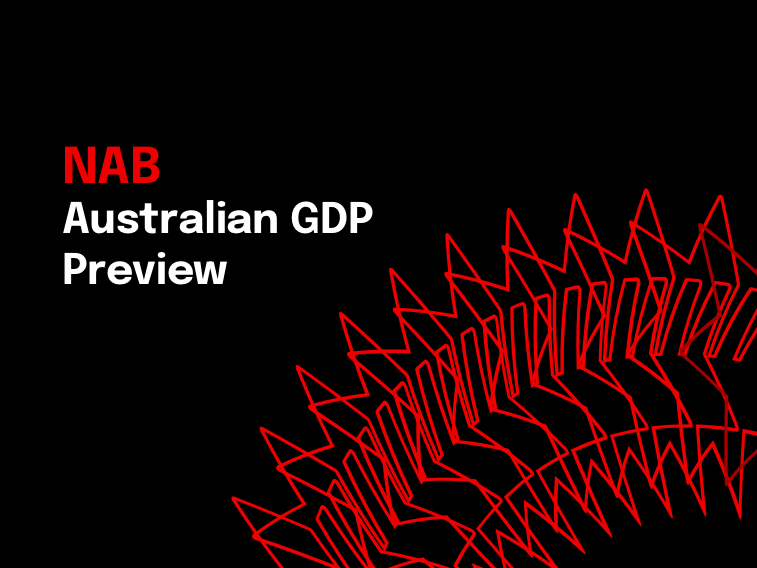A private sector improvement to support growth


Insight
In this weekly, we explain why other wage indicators are lifting more strongly, including from NAB’s own business survey.
© National Australia Bank Limited. ABN 12 004 044 937 AFSL and Australian Credit Licence 230686.